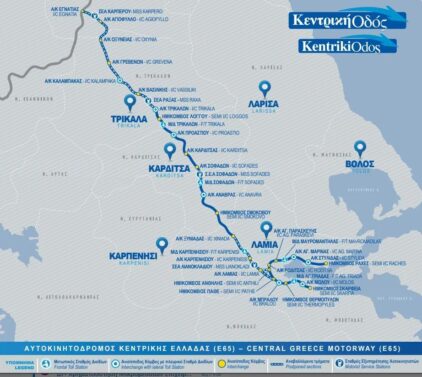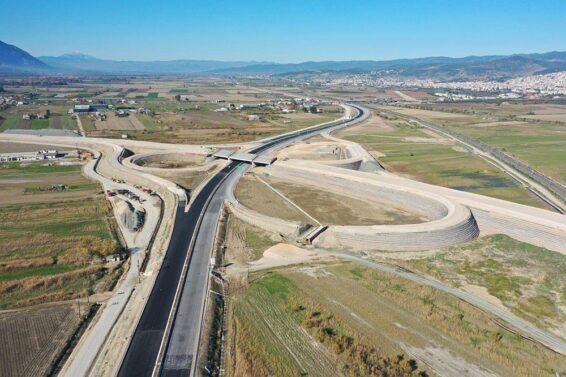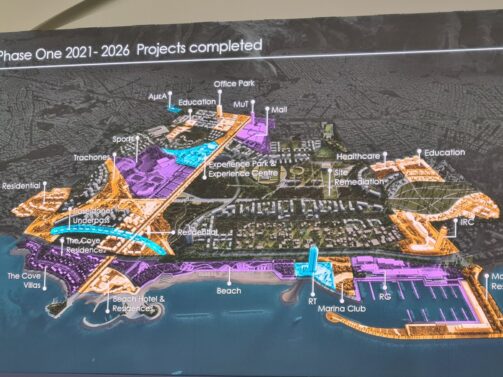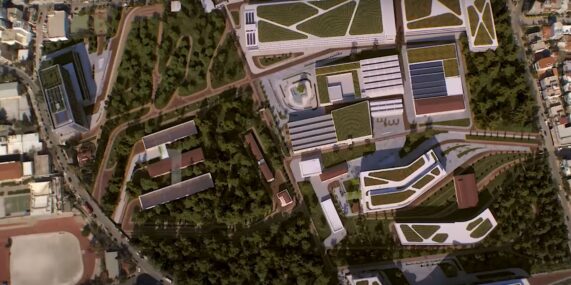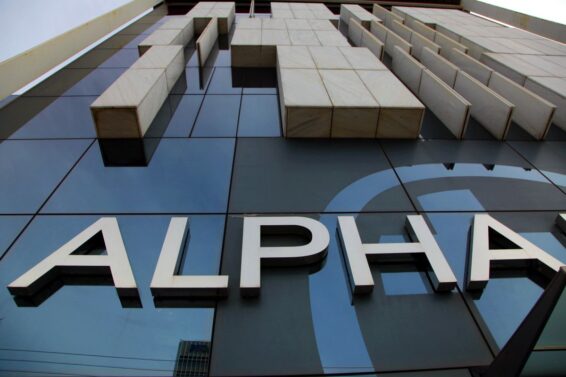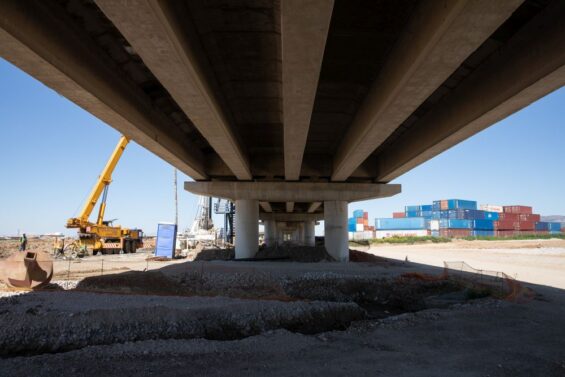China plans to start construction next year of a 200km maglev line in Hubei province to test operation of a prototype maglev train at speeds in excess of 600km/h.
According to a report in the Wuhan Evening News, the project is part of China’s Building Outline for the Construction of a Powerful Country initiative and could form the first section of a maglev line linking Wuhan with Guangzhou. Maglev technology would cut the time for the 968km trip from a current fastest journey time of 3h 43min by rail to around 2 hours.
CRRC Qingdao Sifang completed a 600km/h test maglev train in May following three years of research and an engineering prototype maglev train will roll off the production line next year.
The test train has a new generation of aluminium-alloy car body which is lightweight while having high strength and is designed to mitigate aerodynamic resistance and lift. The train features foil windings for the electromagnets and precision casting for the levitation frame. CRRC has developed the levitation and guidance system, speed detection and location detection system as well as the control system.
The train has a 24MVA traction converter system and a high-speed and multi-section traction control system. The train will be fully automatic for which CRRC has developed a new control system. The communication system will be based on LTE with a short time delay.
The train uses high-temperature superconducting magnetic levitation technology which is designed to generate less heat, produce greater traction, and achieve a higher maximum speed than other types of maglev train.
Capacity challange
China’s Beijing – Shanghai and Beijing – Wuhan – Guangzhou high-speed lines are operating at 82% of capacity with traffic growing strongly. Studies are currently underway to increase the length of high-speed trains on the Beijing – Shanghai from 16 to 17 coaches.
China sees maglev as a way of relieving the pressure on these lines as well as helping to give it a technological lead. Maglev is also seen as a means to plug the gap between high-speed trains and jet aircraft.
China’s first 30km maglev line linking Shanghai Pudong International Airport with Longyang Road metro station opened in 2002 using German technology. Since then, an 18.6km maglev line linking Changsha South with Huanghua International Airport was completed in April 2016, a 9km elevated maglev line serving the western part of Beijing opened in December 2018, and a maglev line in Qingyuan, Guangdong province, is due to open this year.
A preliminary pre-feasibility study report is underway for a Guangzhou – Shenzhen – Hong Kong maglev project together with a pre-feasibility study for a maglev line linking Jinan, with Qufu.
Source: railjournal.com
ΜΗΝ ΞΕΧΑΣΕΤΕ
- Ακολουθήστε το ypodomes.com στο Google News και μάθετε πρώτοι όλες τις ειδήσεις για τις υποδομές στην Ελλάδα
- Αν είστε επαγγελματίας του κλάδου, ακολουθήστε μας στο LinkedIn
- Εγγραφείτε στο Ypodomes Web TV





